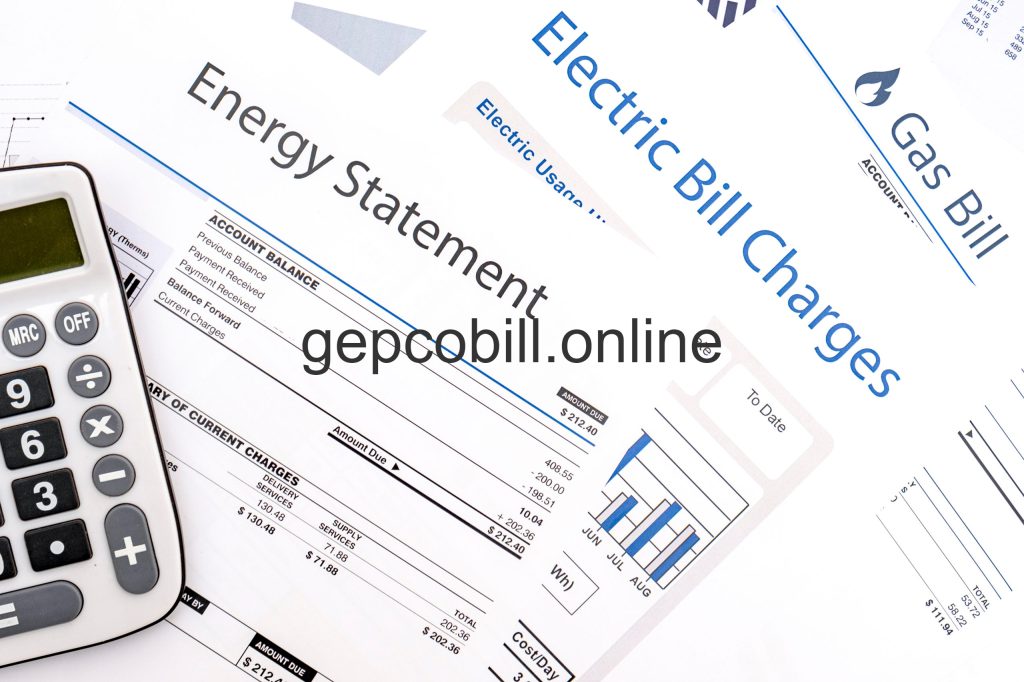Electricity bills play a crucial role in household budgeting, and understanding how consumption levels affect these bills is essential for managing expenses effectively. In this article, we’ll explore the changes in electricity bills for households using 400, 500, and 700 units, shedding light on the implications of varying consumption levels.

The Cost of 200 Units of Electricity:
Contents
Per my study, a unit costs 400 to 765 paise in rural areas. The cost of 1 unit of electric energy in urban areas ranges between 410 and 815 paise per unit. In rural areas, this translates into 160 rupees for every 200 units.
The Cost of 400 Units of Electricity:
For households utilizing 400 units of electricity monthly, there is a noteworthy change in the billing structure. The electric bill, which previously stood at Rs10,000, has now increased to Rs12,300. This reflects a significant jump in monthly expenses for those within the 400-unit consumption range.
This adjustment in the billing amount is influenced by various factors, including tariff rates, fuel cost adjustments, and other operational expenses incurred by the electricity provider. It underscores the importance of awareness regarding electricity consumption patterns for households aiming to manage their budgets effectively.
Analyzing the Impact on 500 Units Consumption:
Moving up the consumption scale, households utilizing 500 units of electricity will also experience a considerable increase in their monthly bills. Previously set at Rs13,000, the new billing amount has risen to Rs16,000. This represents a substantial hike that warrants attention from consumers aiming to control their electricity-related expenditures.
The cost escalation with increased consumption underscores the need for energy-efficient practices and awareness among users. Simple Calculate like using energy-efficient appliances, turning off lights and electronic devices when not in use, and practicing responsible energy consumption can contribute to cost savings in the long run.
Insights into 700 Units Consumption:
The impact on the electricity bill is more pronounced for households with a higher monthly consumption of 700 units. The bill, which stood at Rs24,000, has now surged to Rs28,000. This significant increase highlights the exponential costs associated with higher electricity consumption.
Understanding the factors contributing to this surge is crucial. Apart from the direct correlation with usage, external factors such as peak-hour tariffs, seasonal variations, and regional electricity supply dynamics can contribute to fluctuations in the billing amount.
Implications for Consumers:
These examples illustrate the direct correlation between electricity consumption and monthly bills. Consumers must recognize the financial implications of their energy usage patterns and adopt practices promoting energy efficiency.
1. Energy Conservation Practices: Embracing energy conservation practices can significantly impact monthly bills. Simple habits such as turning off lights and appliances when not in use, optimizing heating and cooling systems, and using energy-efficient appliances contribute to overall savings.
2. Investing in Energy-Efficient Appliances: Consideration of energy-efficient appliances can be a wise investment. While the initial cost might be higher, the long-term savings on electricity bills can outweigh the upfront expenses.
3. Awareness of Tariff Structures: Stay informed about the tariff structures imposed by the electricity provider. Understanding peak and off-peak hours, seasonal variations, and applicable surcharges can help consumers plan their energy usage more efficiently.
4. Regular Monitoring and Budgeting: Regularly monitoring electricity consumption and budgeting accordingly can help households stay within their financial limits. Setting realistic consumption goals and being mindful of daily habits can contribute to a more controlled energy expenditure.
Conclusion:
In conclusion, the electricity bill for households using 400, 500, and 700 units has significantly increased, highlighting the importance of responsible energy consumption. By adopting energy-efficient practices, investing in modern appliances, and staying informed about tariff structures, consumers can proactively manage their electricity bills and contribute to a more sustainable and budget-friendly energy future.